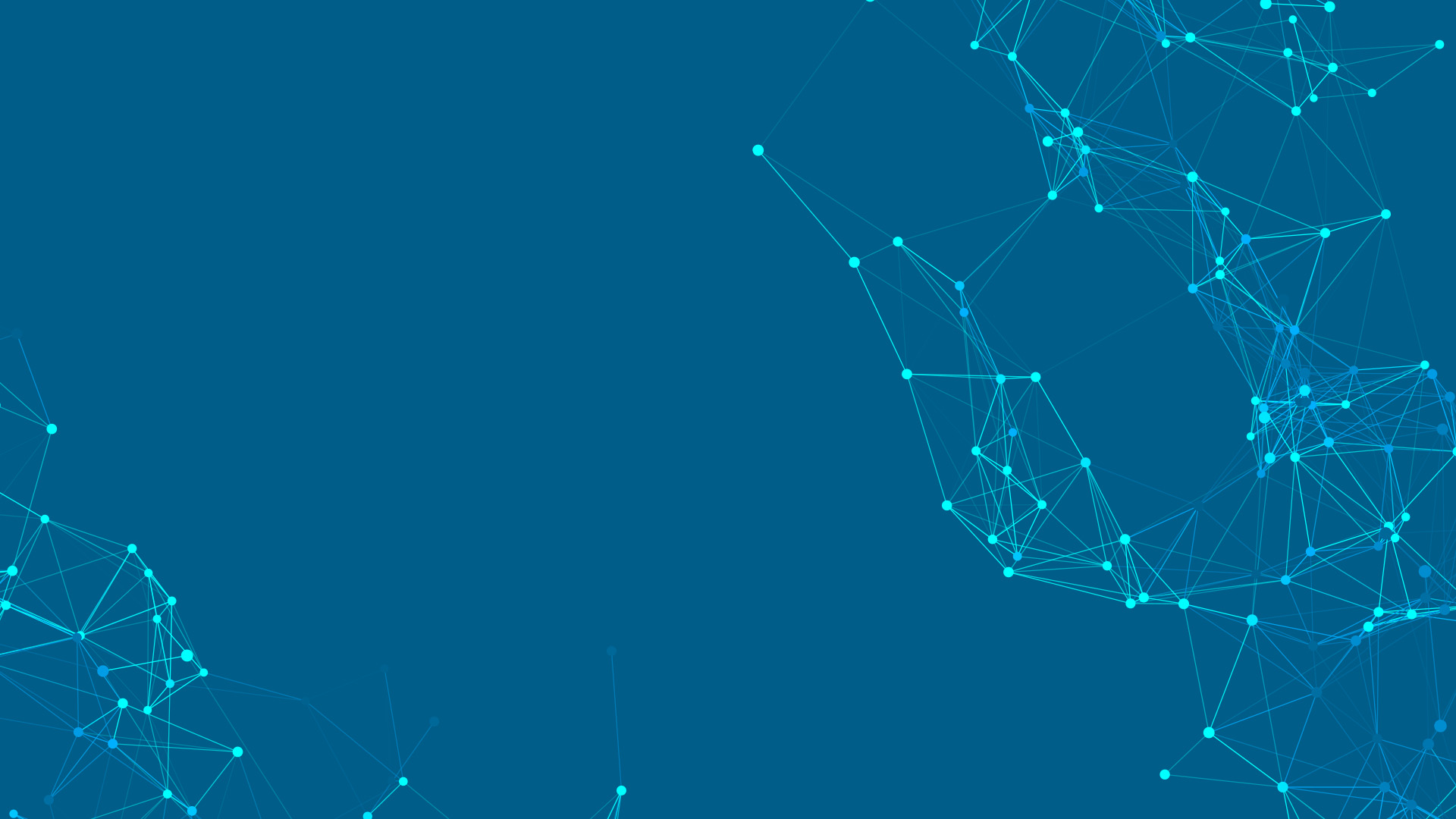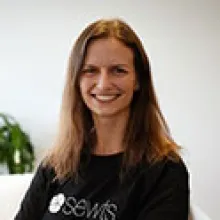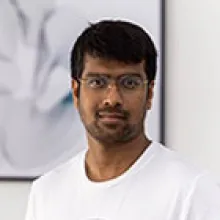sewts
If we automate textile handling, can we make the textile industry more sustainable?
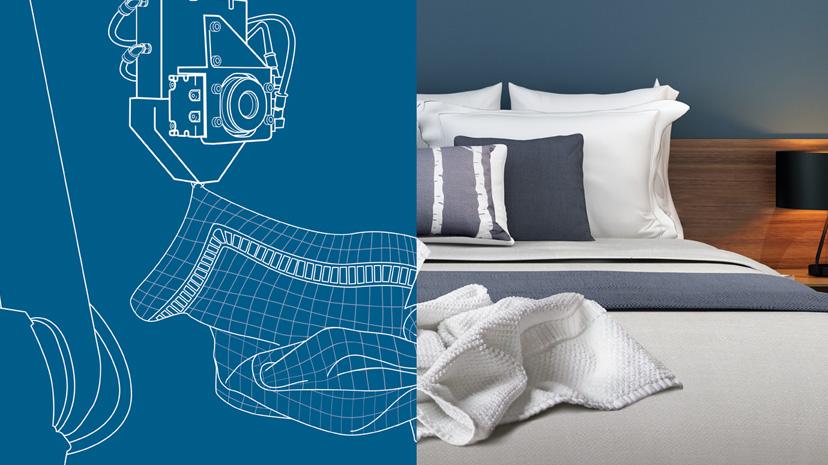
Challenge
sewts addresses one of the final frontiers of industrial automation: handling easily deformable materials. While many tasks in manufacturing and logistics have been automated, repetitive processes involving soft, flexible materials—such as textiles—still rely heavily on manual labor. For example, in industrial laundries, machines can wash, dry, and even fold large volumes of linen, but feeding textiles into these machines without wrinkles remains a labor-intensive task. Sewts bridges this gap by enabling automation where conventional systems fall short.
Disruptive Innovation
sewts combines commercial robots, grippers, and cameras with proprietary AI software to create intelligent systems capable of human-like perception and manipulation of deformable materials. Its first product, the VELUM system, automates the feeding of towels into existing folding machines, analyzing textiles in real-time and converting the data into robotic commands. Optimized for adaptability, VELUM can handle all towels up to 1x2 meters, streamlining processes that were previously impossible to automate and significantly reducing manual labor in industrial laundries.

Impact
Sewts supports the United Nations Sustainable Development Goal 9: Industry, Innovation, and Infrastructure by developing advanced robotic systems that bring human-like perception to automation, fostering innovation in industrial processes and strengthening local manufacturing capabilities. At the same time, it advances the United Nations Sustainable Development Goal 12: Responsible Consumption and Production by enabling automation closer to the point of use, reducing transportation needs, shortening supply chains, cutting CO₂ emissions, and helping tackle overproduction in the textile industry.
Leveraging the 3DEXPERIENCE platform
The team leverages the 3DEXPERIENCE platform to create a virtual twin of their system, ensuring a single source of truth across the development process. They also use the platform for FEM simulations, enabling them to model textile behavior and generate synthetic image data to train their AI models.
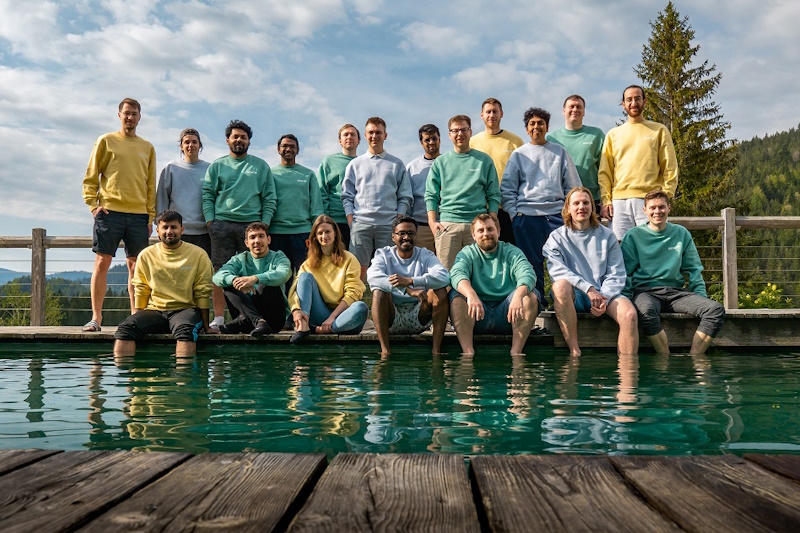
Collaborative & Collective Intelligence
The team is committed to continuously improving collaboration and communication. While tools like the 3DEXPERIENCE platform support this effort, the foundation lies in shared company values, development principles, and team organization. Recently, they implemented an integrated product development process and established a cross-functional team encompassing both hardware and software development, facilitating smooth configuration management and minimizing issues arising from dependencies between software and hardware.
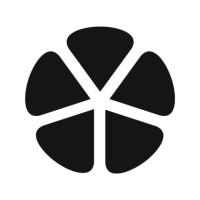
sewts
sewts develops advanced robotic systems that automate the handling of deformable materials, combining AI, computer vision, and robotics to streamline industrial processes previously reliant on manual labor.
Meet the Team
Explore Our Portfolio
Submit Your Application
Interested? Take your chance to elevate your project to the next level.
